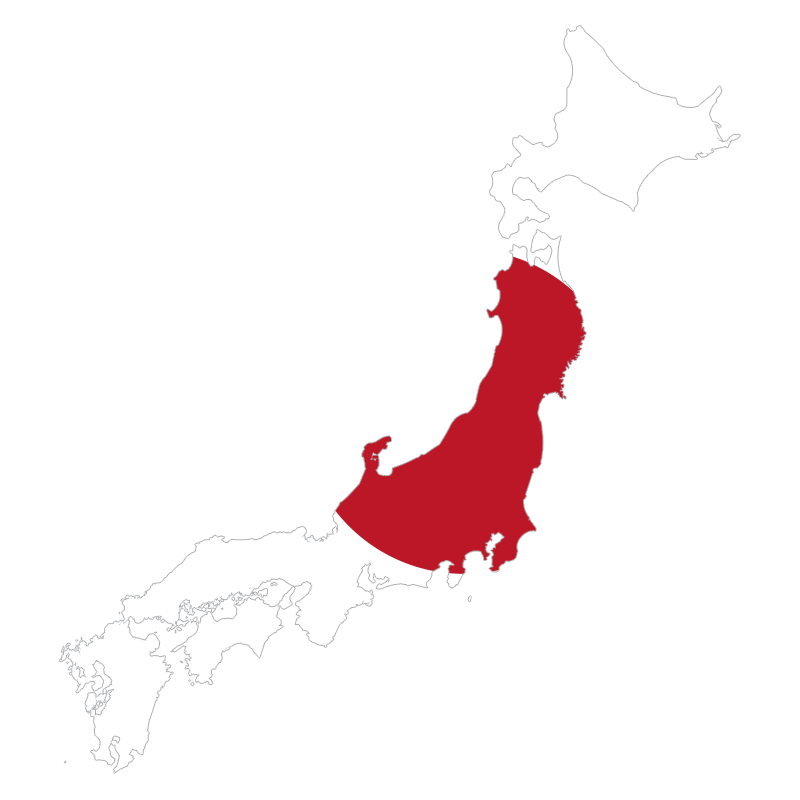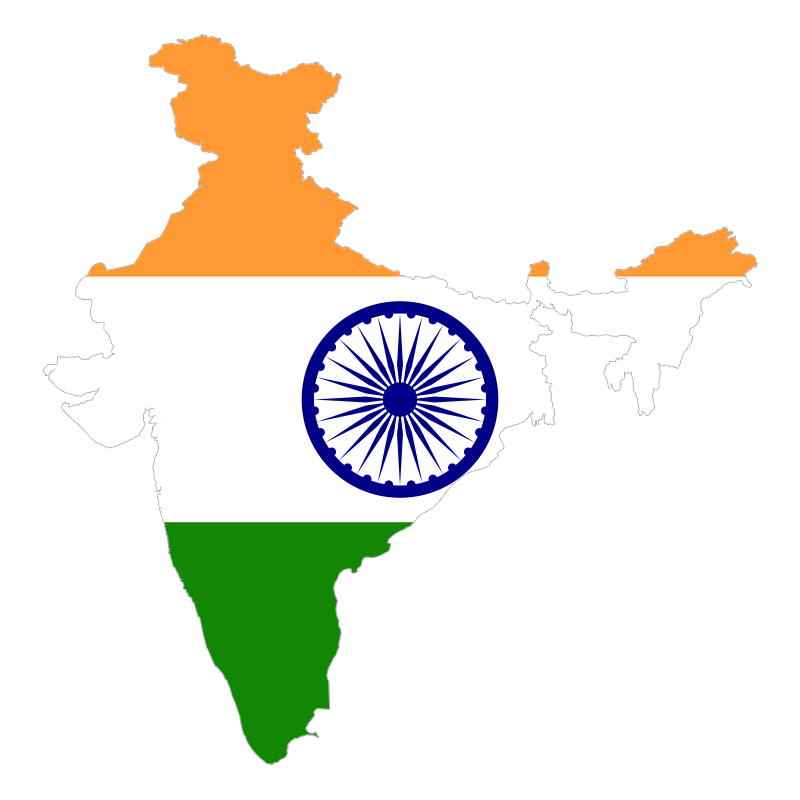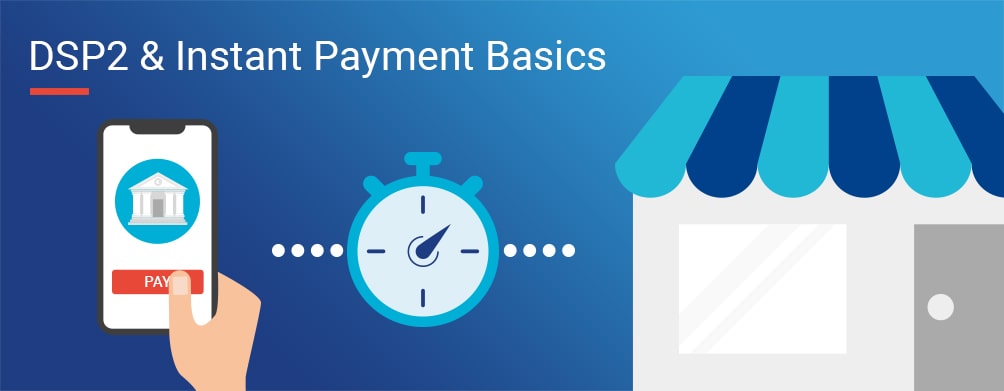Instant Payments have a huge growth potential around the world. Many countries have already implemented real-time/instant payment schemes, and it is becoming the normal way to proceed for payments.
In November 2017, the European Payment Council (EPC) has launched the first pan-European payment scheme called the SCT Inst (SEPA Credit Transfer Inst) to level-up its payment services. SCT Inst is designed for P2P, B2C and B2B payments.
According to the EPC, there are 2000+ European banks that have implemented the SCT Inst scheme, thus allowing the issuing and reception of Instant Payments.
SCT Inst will only take off on the condition that it is combined with Payment Initiation Services, which was introduced by the PSD2 (Payments Services Directive 2). Indeed, the combination of both services will create a new payment experience for end-users, providing both convenience and speed. Check our infographic to get all the basics about PSD2 & Instant Payments.
SEPA zone

Name of the Instant Payment scheme: SCT Inst
Creation date: November 2017
Average speed: 10 seconds
Max amount allowed per transaction: 100,000€
Open Access API interface: Planned option
In this article, let’s take a trip around the globe to look at countries that have already implemented Instant Payments.
Brazil

Name of the Instant Payment scheme: SITRAF – Funds Transfer System
Creation date: 2002
Average speed: Less than 1 minute
Daily volumes / value May 2019 – April 2020: 3.8 million transactions / BRL 24.2 billion ~ €3.7 billion
Open Access API interface: No
SITRAF is the first Instant Payment system on the American continent and is accompanying Brazil’s quick development by offering a facilitated way to move money.
Japan

Name of the Instant Payment scheme: Zengin System
Creation date: 1973
Average speed: Real time
Daily volumes / value in 2019 : 3.93 million transactions / ¥ 8.1 trillions ~ €63 billion
Open Access API interface: No
Created 45 years ago, Zengin System is a well-established and mature service in Japan. It covers a wide range of use cases, and is the de-facto way to send money from account to account.
United Kingdom

Name of the Instant Payment scheme: Faster Payments
Creation date: 2008
Average speed: almost immediately
Daily volumes / value in 2019-2020 : 7 million transactions /£5.4 billion ~ €5.9 billion
Open Access API interface: No
The UK Faster Payments is addressing a lot of use cases already, as P2P payment is used for splitting bills, small payments to merchants and B2B payments. The UK is putting a lot of effort into Faster Payments, hoping to have the scheme surpass its traditional equivalent, as it would greatly ease money movements domestically.
South Africa

Name of the Instant Payment scheme: Real-Time Clearing (RTC
Creation date: 2006
Average speed: Within 60 seconds
Daily volumes / value in 2018: 86,000 transactions / ZAR 1.2 billion ~ €65 million
Open Access API interface: No
With RTC, Instant Payments can be initiated through multiple channels, which has increased the adoption rate in South Africa. It is possible to benefit from Instant Payments when reaching out to a bank branch, calling over the phone and through online purchases.
India

Name of the Instant Payment scheme: Immediate Payment Service (IMPS)
Creation date: 2010
Average speed: Real time
Daily volumes / value in 2019-2020: 41.4 million transactions / 122.5 INR million ~ €1 million
Open Access API interface: Yes
In India, the use of smartphones as a payment facilitator is a great advantage that encouraged the wide adoption of Instant Payments in the country. As with many developing countries that adopted Instant Payments before their developed counterparts, users played a large role in the launching of the scheme.
Sources:
European Payments Council – SCT INST Scheme ERPB Meeting
Instant payment schemes- The future of payments?
European Payments Council – Overview SEPA Scheme Participants




